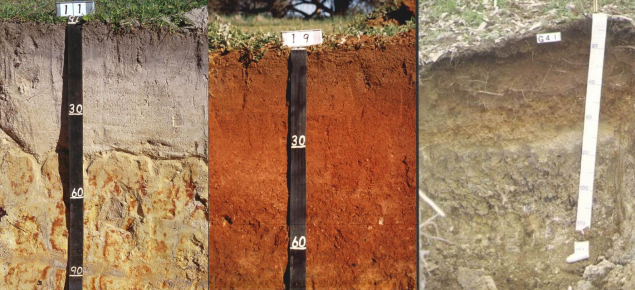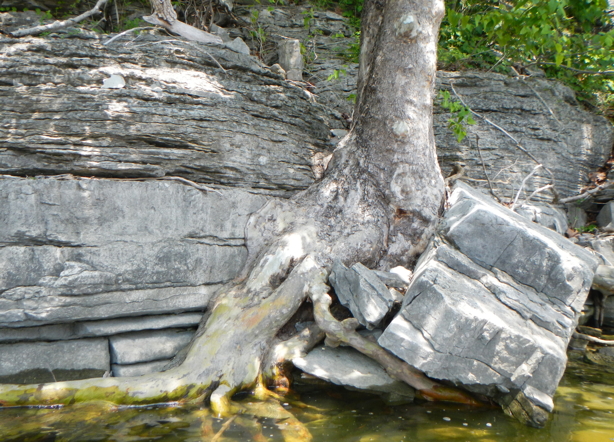Five Things About Me
I grew up in Louisiana, Mississippi, and Texas while my father worked on his degrees and started his teaching career. We ended up in Richmond by the time I was in 4th grade with him teaching at E.K.U. I graduated from Eastern with a degree in Business Administration (Marketing). Previous positions have included everything from waiting tables (quite a learning experience!) to Biological Sales (vaccines). It was only a matter of time before I ended up working at a University, something I had wanted to do from the time I was very young and tagged along everywhere after my dad, grading his papers, cleaning his office, and observing every career position on campus. I came to work for U.K. part time in 2010, and joined A&S last year. My husband and I have two children and a mutt that we all love to pieces. If you have talked to me at all, then you know about my children. We love having fun with them and their friends, and listening to them talk and laugh. Life is good!

 I’m originally from Havelock, North Carolina. However, I now call the beautiful city of Lexington my home. I’m a proud graduate from the University of Kentucky in May 2011. I received a Bachelor of Science in Political Science and completed three minors in Communication, History, and Geography. During my time as an undergrad I established myself as a UK Tour Guide and a Summer Advising Wildcat Assistant. These positions helped me realize my passion for this amazing “See Blue” community eventually guiding me toward being a UK Recruiter for the Chicagoland area. After working as a UK Recruiter for two and half years I transitioned into my current role as A&S Recruiter and Retention Coordinator.
I’m originally from Havelock, North Carolina. However, I now call the beautiful city of Lexington my home. I’m a proud graduate from the University of Kentucky in May 2011. I received a Bachelor of Science in Political Science and completed three minors in Communication, History, and Geography. During my time as an undergrad I established myself as a UK Tour Guide and a Summer Advising Wildcat Assistant. These positions helped me realize my passion for this amazing “See Blue” community eventually guiding me toward being a UK Recruiter for the Chicagoland area. After working as a UK Recruiter for two and half years I transitioned into my current role as A&S Recruiter and Retention Coordinator.


 Originally from the Cincinnati area, I moved to Lexington where I completed a BA in Hispanic Studies. After undergrad I returned to Cincinnati where I worked in global marketing for Procter & Gamble, but decided to complete my MA in Diplomacy and International Commerce. During my graduate program I worked in the research unit for sub-Saharan African Studies at the Foreign Service Institute in D.C. and after at the Center for Poverty Research at UK prior to my time at A&S.
Originally from the Cincinnati area, I moved to Lexington where I completed a BA in Hispanic Studies. After undergrad I returned to Cincinnati where I worked in global marketing for Procter & Gamble, but decided to complete my MA in Diplomacy and International Commerce. During my graduate program I worked in the research unit for sub-Saharan African Studies at the Foreign Service Institute in D.C. and after at the Center for Poverty Research at UK prior to my time at A&S.